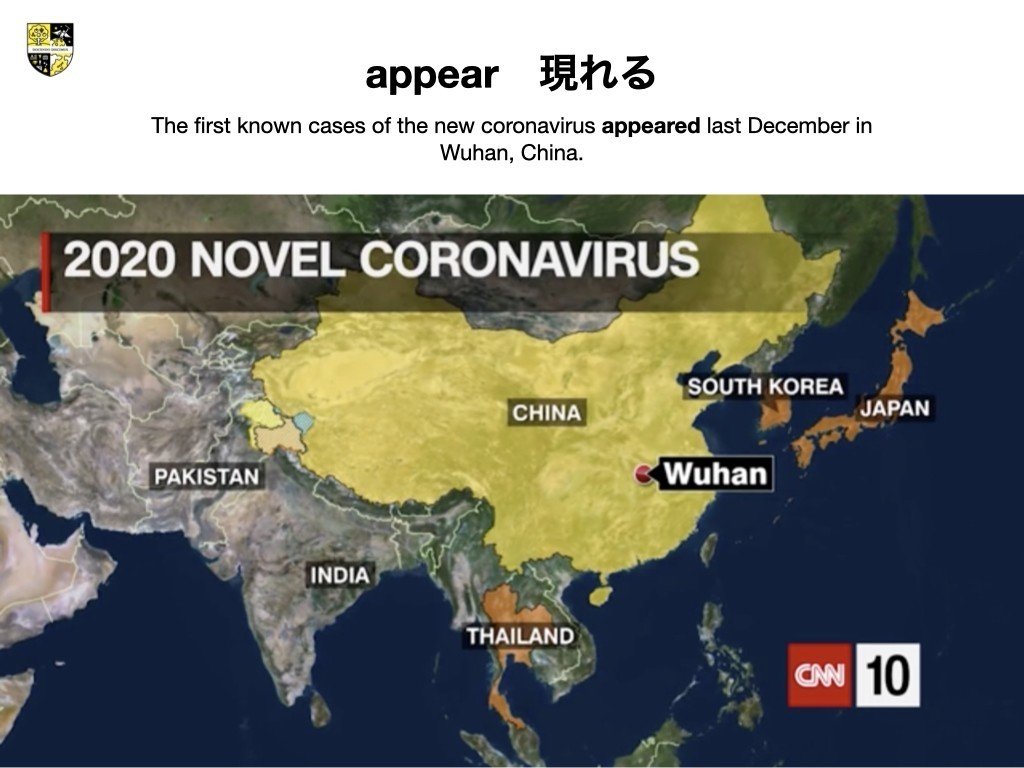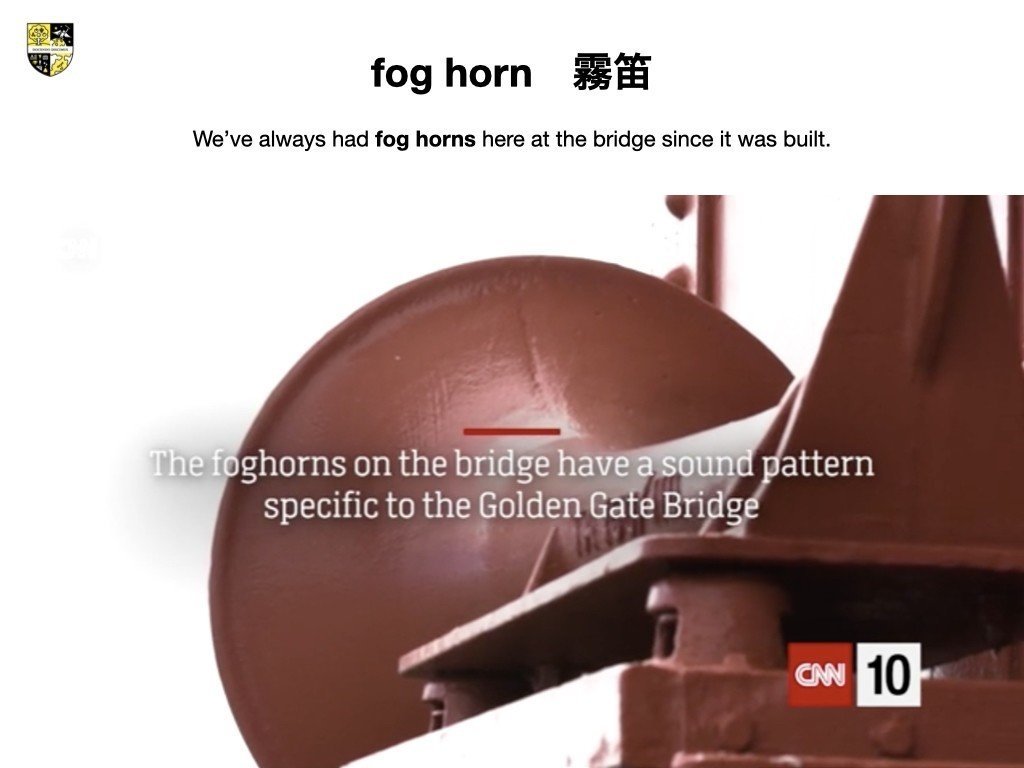
LinguaLive 20200415 CNN 10 Script
















CARL AZUZ, CNN 10 ANCHOR: We know what it’s doing. We know where it’s spreading but where did COVID-19 come from? That’s the first thing we’re looking for today on CNN 10 and we’re happy to have you along for the hunt. I’m Carl Azuz. The first known cases of the new coronavirus appeared(現れた)last December in Wuhan, China. It’s a city in the east central part of the country. At first, scientists widely believed the outbreak started at a seafood animal market in Wuhan that someone came into contact with COVID-19 there and then began spreading it to others. But now, researchers are divided(分割される) on that explanation because some of the first people with the disease reportedly hadn’t been to the market. Since December, China says it’s had more than 82,000 cases of coronavirus. That more than 3,300 people have died from it and that more than 77,000 have recovered. But some international observers and health officials have suggested the numbers might be higher than that. They’ve accused(非難する) the Chinese government of not telling the whole truth when it comes to the number of cases and deaths from coronavirus. Chinese government officials say they’ve given open, transparent(透明な、明白な)and timely updates and they’ve accused nations like the United States of trying to politicize(政治的に扱う)the virus. Because there’s so much mystery about it, there are a number of conspiracy theories(陰謀説)surrounding COVID-19. Beliefs that an accident or even intentional action by humans led to the virus’ spread. But some of the scientists who track down the origins of diseases say that’s not what happened.
(BEGIN VIDEO CLIP)
UNIDENTIFIED MALE: CNN has spoken to a half dozen virus hunters who right now say anyone who claims they know the exact source of the novel coronavirus is guessing. Did it come from bats(コウモリ)? Most likely. Chinese researchers have already determined(決定する)the coronavirus is 96 percent identical(同一性の) at the whole genome(ゲノム) level to a bat coronavirus. Twenty-seven public health scientists from across the U.S. and the world wrote this letter in the Journal Lancet condemning(強く非難する) conspiracy theories and sighting scientific evidence, including the U.S. Centers for Disease Control, that supports the theory that overwhelmingly conclude that this coronavirus originated in wildlife as have so many other emerging pathogens(病原体).
UNIDENTIFIED MALE: The common thread(道筋)is wildlife. These pathogens emerge from wildlife.
UNIDENTIFIED MALE: One of those scientists is one of the most preeminent(顕著な、秀でた)virus hunters in the world Peter Daszak.
PETER DASZAK, PRESIDENT, ECOHEALTH ALLIANCE: Because we have been doing this work in China for ten years, we have a whole series of genetic(遺伝子の) sequences of viruses were found with our colleagues. So when they got a new virus in people because of COVID-19, they could compare it to what they’d seen in bats. So they knew straight away, this is likely a bat origin virus.
UNIDENTIFIED MALE: And because it has that 96 percent comparison rate to what was actually in a bat, that’s why you’re saying it’s very, very likely this did come from a bat. Although we don’t know what this -- where this strain actually came from.
DASZAK: We’re very confident(自信がある)that the origin of COVID-19 is in bat. We just don’t know where exactly it originates. That’s what we need to do now.
UNIDENTIFIED MALE: It is a genetic detective(探偵)story. Researchers will trace the virus that is killing thousands to a yet to be captured(捕獲された)bat in the wild to a potential(可能性がある)animal that became the crossover(渡り線)vehicle for COVID-19. Yes, the virus could have transferred directly from bat to human but most likely says Daszak, it was bats infecting farmed animals. The animals brought to market alive and kept with people in one of the most perfect incubators(細菌培養器)for viral infection, the Chinese wet market. It’s called zoonotic(動物由来感染症の)spillover(流出). Professor Andrew Cunningham with the Zoological Society of London has studied them for decades.
ANDREW CUNNINGHAM, PROFESSOR, ZOOLOGICAL SOCIETY OF LONDON: Wet markets(魚や肉、野菜、果物など生鮮食品を取り扱う市場), these live animal markets are certainly a very good way of, if you like, trying to get a virus to spillover into people from wildlife. They’re susceptible(感染しやすい)to getting viruses or other pathogens from the environment or from other animals that they wouldn’t naturally come into close contact with again because there’s stress (ph). And then they can become virus factories and they’re in close contact with human beings in the markets and they’re butchered(畜殺される)in the markets and by people in relatively unhygienic(非衛生的な)conditions.
UNIDENTIFIED MALE: Other researchers point to reports from China that some of the earliest cases were not associated with the wet market. Tensions(緊張) between the U.S. and China over the origins of the virus and accusations of misinformation from both sides are slowing the work of the virus hunters who are grounded by the same travel restrictions that have crippled(不自由にする)the world. That is concerning because without knowing where it came from, there is still a chance that original host species is spreading it.
(END VIDEO CLIP)
AZUZ: 10 Second Trivia. Which of these U.S. landmarks(目印) was completed last? Empire State Building, Alcatraz Island Prison, Hoover Dam, or Golden Gate Bridge. These landmarks are in order from oldest to youngest. The Golden Gate Bridge was finished in 1937. The U.S. Navy wanted it to be painted black and yellow so it would be visible. The Army Air Corps wanted red and white for the same reason but the consulting architect of the Golden Gate Bridge liked the color of the primer used to coat the steel. So that’s the color he kept it. It was named international orange and the bridge is the next stop in our series of virtual vacations.
(BEGIN VIDEO CLIP)
UNIDENTIFIED MALE: The Golden Gate Bridge gets its name because it spans(かかる) what’s called the Golden Gate Straight. This is a three mile long and one mile wide body of water that connects the Pacific Ocean to the San Francisco Bay. Before the Golden Gate Bridge there was a bustling(騒がしい) ferry system that ran people and commerce between San Francisco and the Redwood Empire to the north. It’s actually unknown how many people worked on the Golden Gate Bridge at the time of construction because records were -- were scarce(不足している)from that time. Today we have close to 200 employees who work to maintain, to paint, to weld(溶接する), to make sure that the bridge is in -- in good and safe operating condition. So we’re right now getting sandblasting(砂吹きする)on the outer part of the bridge which is up underneath.
UNIDENTIFIED MALE: Right now we’re where the walkway is, where the pedestrians ride out the 330. So the cars are probably just about 15 feet out. You can’t feel it but the bridge is probably moving, you know, like this as we’re standing.
UNIDENTIFIED MALE: In a containment like this, a rough estimate, 16 people sandblasting for a month and a half. Our painters will go out to the most critical, you know, structural areas of the bridge where the fog and the salt and the wind has corroded(腐食する)the paint. The salt eats this bridge up. The fog eats this bridge up. If we don’t continue to paint it, it’s just going to rot(腐る)away. Right here is one of our fog horns. We’ll have two of them down here, one over -- on the east side, one on the west side. We’ve always had fog horns here at the bridge since -- since it was built. Not much changes in fog horns. They just make noise. We tried automated systems. It just doesn’t -- doesn’t work so the -- the old stand-by system is actually visually seen, that works the best because there’s people here 24/7. So as of July of 2018, the toll(料金)across the Golden Gate Bridge is $7.00 of you have a fast tracker (ph), $8.00. If you don’t, maybe you’re -- you’re from out of town and this supports most of the work that happens on a daily basis to maintain the bridge, to keep it looking good and insure that it’s assessable for everyone.
(END VIDEO CLIP)
AZUZ: For 10 out of 10, it’s not everyday you get to use the word siphonophore. Then again it’s not everyday you get to see one that looks like giant circles of silly string. This is a sea creature or really a whole colony of them. It was recently captured on camera curly cued in the Indian Ocean. The Schmidt Ocean Institute says this could be the biggest siphonophore ever recorded with an outer ring that stretches 154 feet. I’ve made a pun in a siphonophore, "siphon before". First I strung together three ocean puns like it was a "sight to sea", it "made waves" and then I was able to "siphon" off four. They’re always fun to "string along" even if they’re a bit "silly". I guess whether or not you like ocean puns depends on your "depth" perception. I’m Carl Azuz. Mitchell District High School is in Mitchell, Ontario, Canada. You guys are awesome for subscribing to our YouTube channel. That’s a wrap for CNN.
END
引用:CNN.com - Transcripts
Coronavirus
Golden Gate Bridge
この記事が気に入ったらサポートをしてみませんか?
